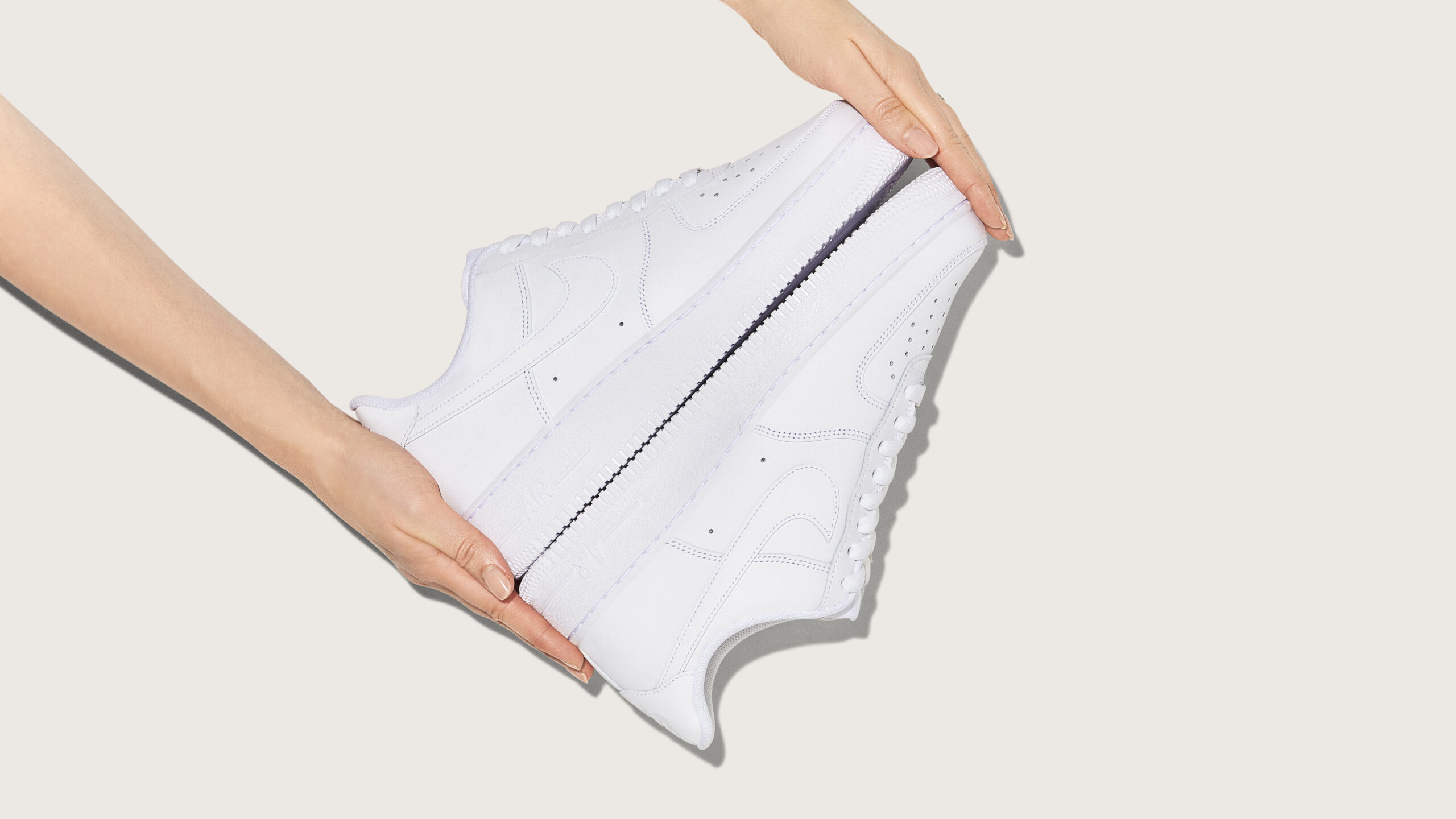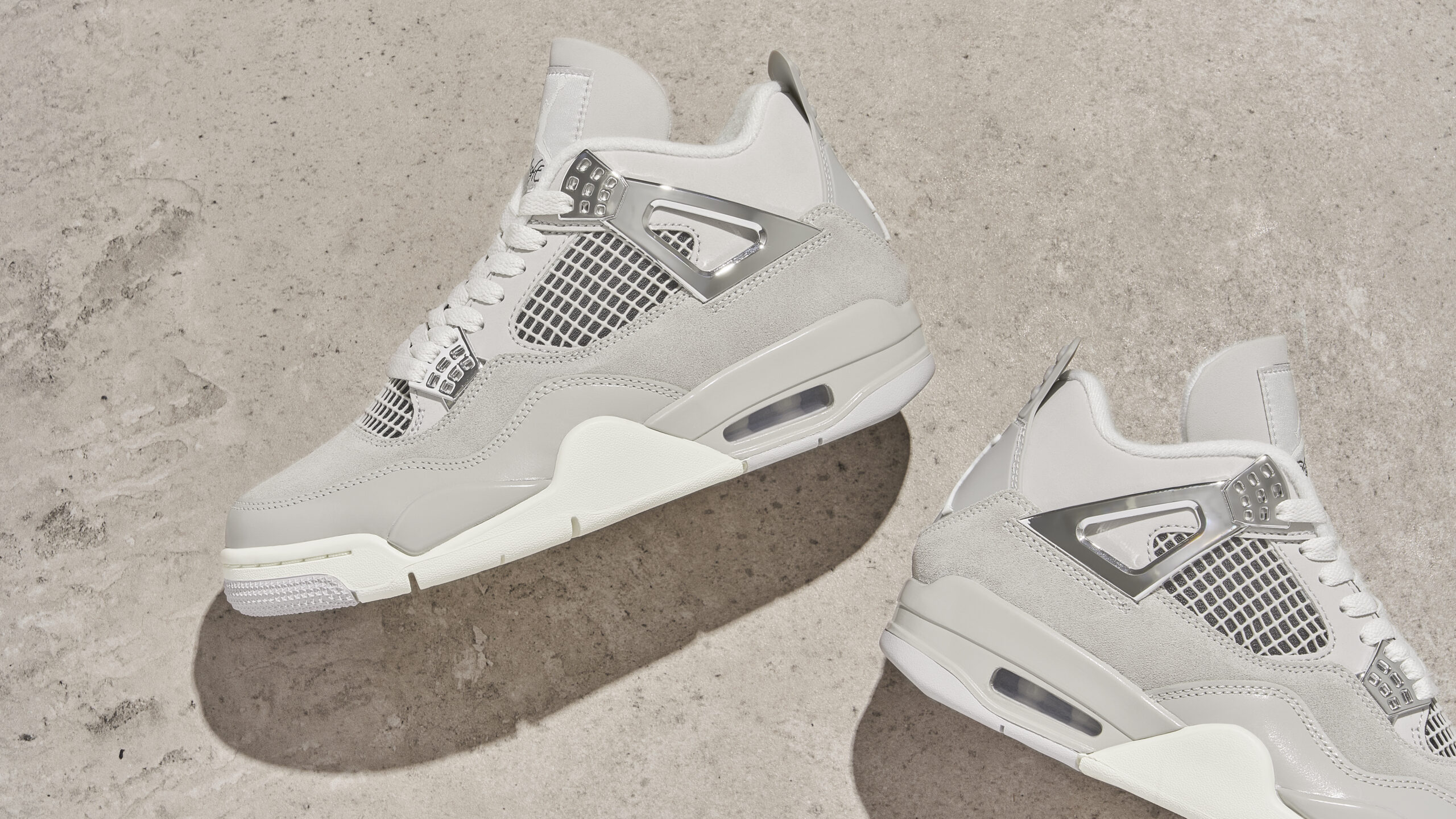We use the term ‘timeless’ all the time when talking about some of the most popular sneakers around — but what do we actually mean?
A pair of timeless sneakers can be one of the most useful to have in your collection. They’re not likely to fall out of fashion, they’re often instantly recognisable as a shoe that has some level of style relevance and you won’t usually have a hard time finding them available to purchase thanks to their ubiquity within the industry.
Generally, something gains the timeless moniker when it can maintain interest or wearability long after its initial conception. When contemporary styles that it used to sit alongside have fallen out of favour, but it hasn’t. In an industry as fast-paced and ever evolving as fashion, favourite styles come and go within the course of a year or two, but certain styles are able to buoy themselves against the tide of changing tastes and reach this level of long-term wearability.
A pair of Levi’s 501 jeans are timeless. Ray Ban Wayfarers are timeless. Despite swings between skinny to relaxed silhouettes, between bold sunglasses and low-key styles, over the decades, you could easily wear a pair of 501s or the classic black Wayfarers without anyone batting an eyelid. Thanks to decades of some of the most stylish people around wearing them, they become ingrained in what we consider to be ‘cool’, and that in turn means we keep coming back to them time and time again to capture an element of that stylish iconography that’s been established.
Levi’s and Ray Ban have the benefit of a long history on their side to establish themselves as timeless, in Levi’s case 150 years since the first pair of 501s was made. That’s not so easy for a category as relatively new as the modern sneaker.
Rubber soled shoes date back to the 19th century, but it wasn’t until the mid 20th century that we really saw what we’d consider to be recognisable sneakers take shape.
Brands like Converse and Keds were initial trailblazers for sneaker design with the introduction of their canvas shoes with comfortable soles that laid the groundwork for further innovation in the burgeoning athletic footwear industry.
In the decades that followed, functional gear became cultural currency — the synthesis of performance focus and aesthetic design helped in the blurring of lines between sportswear and fashion, with the 1980s marking a pinnacle era for sneaker fanaticism.
Styles like the Air Jordan line and adidas’ Superstar were launched to widespread popularity that (while waning here and there) hasn’t ever really gone away. You’ll still find the shoes featured in top 10 lists and sneaker rotations almost 45 years later, and both Nike and adidas still see them as flagship silhouettes for the brand.
The enduring appreciation for these sneakers is in part down to this cultural significance they gained at the initial time of release. The Air Jordan 1 isn’t just a pair of sneakers, it’s a combination of good design, innovation and celebrity that galvanises people into giving them more reverence than just another shoe. They mean something to the wearer, it could be that they were the first pair of sneakers they bought, or that they were/are a fan of Michael Jordan and want that daily connection to someone they admire. These shoes become personal and historical artefacts not just accessories — sneakers with that kind of reverence tend to stand the test of time.
A lot can be said too, about the adaptability to trends that certain sneakers have that can give them a timeless quality.
Take the adidas Samba — a sneaker first designed in the 1950s, but has found itself being one of the most talked about shoes 75 years later in 2023. As a seemingly blank slate style, offered most commonly in monochromatic options that are more on the minimal end of the design spectrum, the Samba has become a go-to for designer brands to collaborate with adidas on, making for bold, hugely popular releases that place the 75 year old shoe right at the centre of the zeitgeist. This constant reinvention and reinterpretation from brands, and the adaptability of the shoe itself goes a long way in maintaining that interest and wearability beyond the Samba’s football origins and outside of a particular stylistic niche.
Another notable collaboration that made use of some of the most timeless sneakers around was the legendary pair up of Virgil Abloh and Nike with the release of ‘The Ten’. Virgil took some of the most iconic Nike styles like the Air Force 1, Air Max ’90 and Blazer Mid, and injected them with his de-constructivist design approach. His avant garde takes on some of the most common sneakers available helped put them in a new light, even outside of the collaboration.
Classic designs provided a foundation, and an anchor which these brands can use to establish themselves alongside a pair of shoes that are considered timeless, and in turn, aid in the shoe maintaining that timelessness by keeping the style relevant for modern audiences.
In essence, a sneaker being timeless can boil down to a combination of three things. A design that can be worn by any subculture/aesthetic along with a heaping of cultural relevancy, like that of the Air Jordan or Converse Chuck Taylors with endless indie bands, and that ability to be a blank slate for designers or artists to utilise for collaboration.
If you look to some of the most popular sneakers around, like the Nike Air Force 1, the adidas Samba or the New Balance 990 line, all three of these aspects will ring true. Sneakers aren’t designed with timelessness in mind, they’re products of their era, they’re made timeless by hitting that triple threat.



